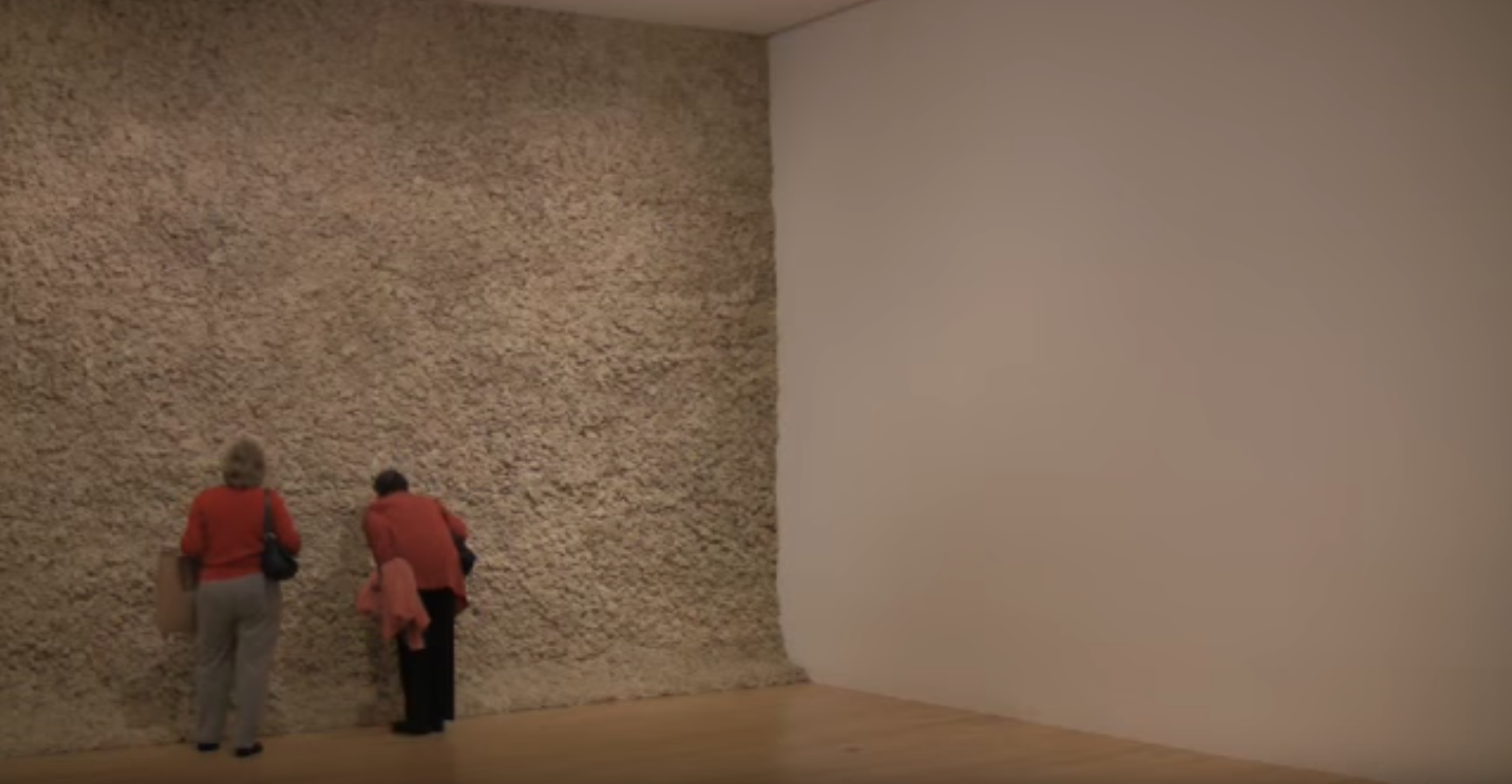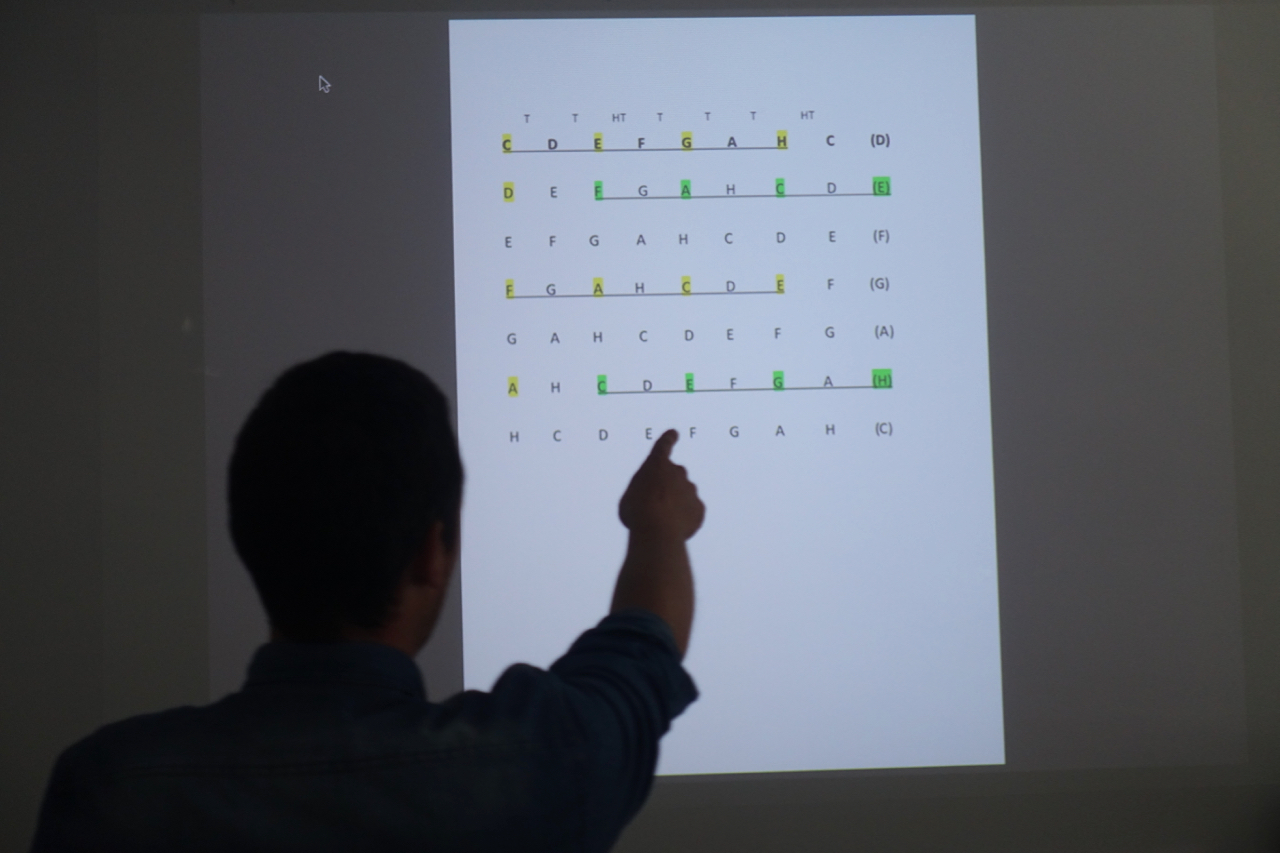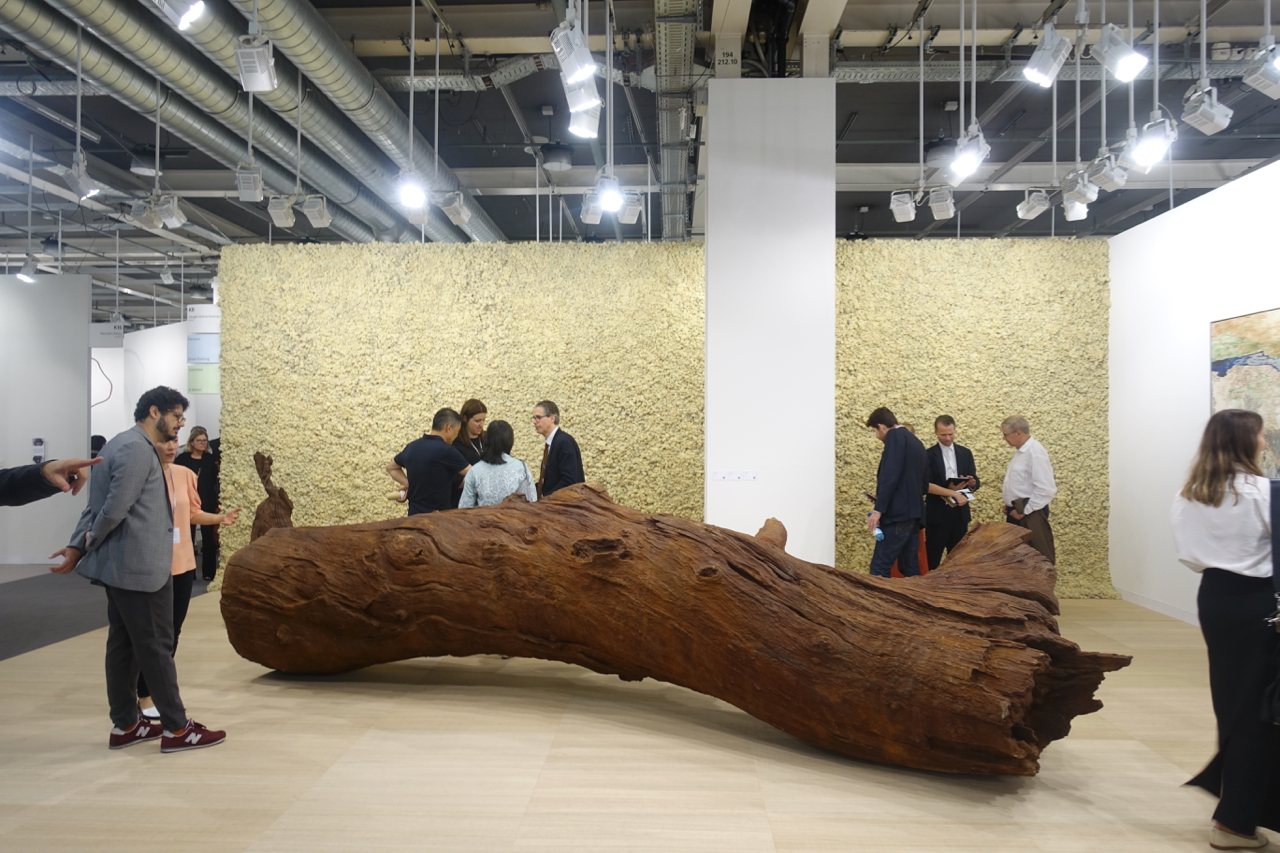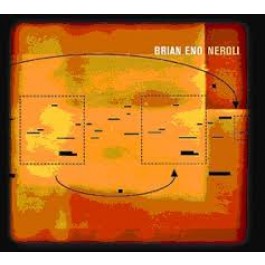How can a scent be translated? How can a scent enhance creative practices? How can scents inspire creative practices? These questions guided an experimental course on scent/smell at Berlin University of the Arts in Berlin and one of the largest institutions of higher art & design education in Europe. The course offered by Scent Culture Institute was part of the universities liberal arts program in the spring/summer semester 2018. seminar.  Continue reading Inspiring, translating, enhancing: Scent in creative practices
“Mindblowing” Workshop on Smelling & Organizing at Tallinn #offegos2018
The 4th Space, Creativity & Organizing Workshop was devoted to the senses – in particular to the sense of smell. Continue reading “Mindblowing” Workshop on Smelling & Organizing at Tallinn #offegos2018
The social role of a perfume
“Perfume plays a social role in that it effects a unique synthesis of individual egoistical and social purposes in the field of the sense of smell.” -Â GEORG SIMMEL Continue reading The social role of a perfume
ArtBasel 2018: Wake up and smell the…
Art Basel offers a premier platform for renowned artists and galleries. The 49th edition brings together about 290 galleries from 35 countries and opened earlier this week. In fact, “art is now absolutely a consumer product, and that’s the huge difference. It’s a whole different world”, as Paula Cooper recently noted in the New York Times.  Paula Cooper, 80, whose gallery, opened in New York in 1968 has been pivotal in shaping the art world as we know it today. Yet, Art Basel is more than just a fair in the commercial sense of the word. Surprisingly, an attentive visitor can also encounter art in a multi-sensory way and make a few observations on the state of the sense of smell in contemporary art.
Irritating sensation at Art Basel
A pungent smell surrounds the booth of the well known Berlin based gallery Neugerriemenschneider. It emanates from Olafur Eliasson’s Moss Wall (1994). And please note: As iterated on the artist’s website the residual scent is an intentional component of the work. Thus, it is not an accidental aspect. The Icelandic-Danish artist was 27 years old and just starting to gain recognition in the international art world when working on the 3.5× 10m sized wall. What one sees and smells is Cladonia rangiferina, which is also called reindeer moss, a lichen native to the northern regions. The lichen is woven into a wire mesh and mounted on the wall of the booth as Eliasson points out on his website. Thus, the work brings a natural phenomena into the highly constructed space of an exhibition, where the visitor might notice how nature might be a construction as well. As the lichen dries, it shrinks and fades. However, when the installation is watered, the lichen expands and emits a pungent odor. The gallerist actually told me about spraying water on the lichen.
Moss Wall as major early work
This major work from Eliasson’s early career has previously been shown at the Museum of Modern Art in New York, SFMOMA in San Francisco, and the Moderna Museet in Stockholm, among other institutions. In 2017, the wall was also part of a group show at GalerÃa Elvira González in Madrid entitled “Sense of Smell”.
The hallways at Art Basel are crowded and packed even during the private days. Since an art fair epitomizes the principles of our attention economy, numerous artworks are in severe competition for the limited attention of the visitors. Thus, it is a special situation for presenting a piece that works with the subtle sense of smell. Yet, I have seen collectors that notice the sharp or irritating sensation of the smelly wall. But the situation differs significantly from the sensory and even meditative experience of a presentation in a museum:

This film published by the Leeum Museum, Seoul captures the sensual experience of the wall:
However, in the specific context of a fair the smell becomes a minor issue. Even people who spend some time at the booth hardly engage with the work in a multi-sensory way as the video from the museum exhibition demonstrates.
Commercial context sanitizes works of art
The commercial context seems to sanitize a work of art that actively involves the sense of smell. Talking to the gallerist I got the impression that for him the sensory qualities of the work are of minor importance. Yet, it is pretty clear that the smell is conceptually a key element for showing “constructed nature”.
Smell & attention economy
Let’s come back to the attention economy. The pungent moss smell does certainly not evoke the pleasant ambience of a luxury retail setting. Yet, the moss smell might be an important factor in the attention economy. The booth subtly attracts attention across different sensory modalities. Thus, it might not be a surprise that the online platform Artsy, some call it the “Pandora for art,†lists the the booth among the 15 Best Booths at Art Basel and discuses the Moss Wall as one of two works that stand out:
Wake up and smell the art!
Stay updated and enter your email address to follow us!
[blog_subscription_form title=”” title_following=”You are already subscribed” subscribe_text=”” subscribe_logged_in=”Click to subscribe to this site” subscribe_button=”Click me!” show_subscribers_total=true]
We have actually shared observations from Art Basel before. If you missed this, please have a look.
Inhale * Hold * Exhale
The current exhibition Inhale – Hold – Exhale at the Kunstmuseum Thun is the first institutional show of the Danish artist Jeppe Hein in Switzerland (until 29 July 2018). Continue reading Inhale * Hold * Exhale
Exhibition in Berlin: “It smells like… flowers & fragrances”
The exhibition ‘It smells like… flowers & fragrances’, on view at me Collectors Room in Berlin from 14 April to 1 July 2018, reveals the undiminished potential of the visually rich subject of depictions of flowers and the subversive olfactory power of fragrances in contemporary art. The curator is Dr Heike Fuhlbrügge. Continue reading Exhibition in Berlin: “It smells like… flowers & fragrances”
Ambient scent!
“In social organizations smell is a rich unconscious background to everything else.” – OLIVER SACKS
Perfumer
“As a perfumer I am the car. The FDM is the driver.” – ANDREAS WILHELM
“The future will be like perfume”
Brian Eno altered the course of both pop and experimental music. He is now 70 years old. After leaving Roxy Music in 1973, he went on to become one of the most widely extolled producers of the late 20th century. He’s also become a legendary solo artist in his own right and has lately found a home on electronic music’s iconic Warp Records. Earlier today, the American biweekly popular culture magazine Rolling Stone provided a short introduction to his oeuvre:
“Eno’s mammoth discography spans half a century of recorded music. Many people know him best as a producer and collaborator – a key force behind stone-cold classics like David Bowie’s Low and Heroes (produced by Tony Visconti and aided mightily by Eno), Talking Heads’ Fear of Music, Devo’s debut album Are We Not Men? We Are Devo!, U2’s The Joshua Tree and dozens upon dozens more. In the early Seventies, when Eno was in his early twenties, he was Roxy Music’s synthesist and sonic magician, leaving an unforgettable mark in his brief three years in the band before releasing four offbeat and hugely influential rock albums of his own, and collaborating with King Crimson’s Robert Fripp and the German group Cluster, among others. In between all of this, he put forth the modern concept of ambient music. Scores of albums and collaborations followed – encompassing the histories of rock & roll, electronic music, experimental music, soundtrack music and seemingly everything else.”
A few weeks ago the Guardian noticed en passant that Eno never stopped making interesting ambient records and discussed a recent CD set as the contemporary album of the month.
Neroli
In 1993 Eno released an ambient instrumental album called Neroli, named after the syrupy sweet, floral and heady essential oil produced from the blossom of the bitter orange tree. A click on the cover takes you to the piece on youtube:
Conceived as a single piece, Eno describes it in the liner notes as “to reward attention, but not so strict as to demand it”. Single notes resonate throughout the piece in a seemingly random but harmonic pattern that shifts quietly for close to an hour. Thanks to the calming nature of the piece,
Neroli has been implemented in some maternity wards, both to instill a sense of calm as well as enhance the organic nature of childbirth. According to the notes accompanying the CD, Eno intended to release a longer version for just that purpose.
The future will be like perfume
In 1992 Brian Eno explained some of the roots of his musical interpretation in an essay entitled:Â Â The Future Will Be Like Perfume:
Interestingly, Eno also grapples with the inconsistencies and challenges of classifying smells:
 â€Like others who’ve played with perfumes, I found this somewhat unsatisfactory. I wanted a system, a map. I briefly thought I might be able to make one myself, but this plan foundered as I jotted down the resemblance between strawberries and egg yolk, between breweries and certain types of horsehair bedding.â€
Though he does not refer to the smelly wheels. But there is reason to believe that he considered them to be unsatisfactory.
What is really worth reading about Brian Eno’s essay is how he connects the undercurrents of our time to perfumery. He uses the experience of scent to interpret key themes of age:
We find ourselves having to frequently reassess or even reconstruct them completely. We are, in short, increasingly uncentered, unmoored, lost, living day to day, engaged in and ongoing attempt to cobble together a credible, at least workable, set of values, ready to shed it and work out another when the situation demands. (…) Perhaps our sense of this, the sense of belonging to a world held together by networks of ephemeral confidences (such as philosophies and stock markets) rather than permanent certainties, predisposes us to embrace the pleasures of our most primitive and unlangued sense.
Isn’t it remarkable how one connect a clear Zeitdiagnose to a sensory experience?
[blog_subscription_form title=”” title_following=”You are already subscribed” subscribe_text=”” subscribe_logged_in=”Click to subscribe to this site” subscribe_button=”Click me!” show_subscribers_total=true]
Sources: The featured image is a screenshot from Brian Eno – Thursday Afternoon.
Olfactory communication
“In Hades, psyches perceive each other by smell alone.“Â – HERAKLT Continue reading Olfactory communication








